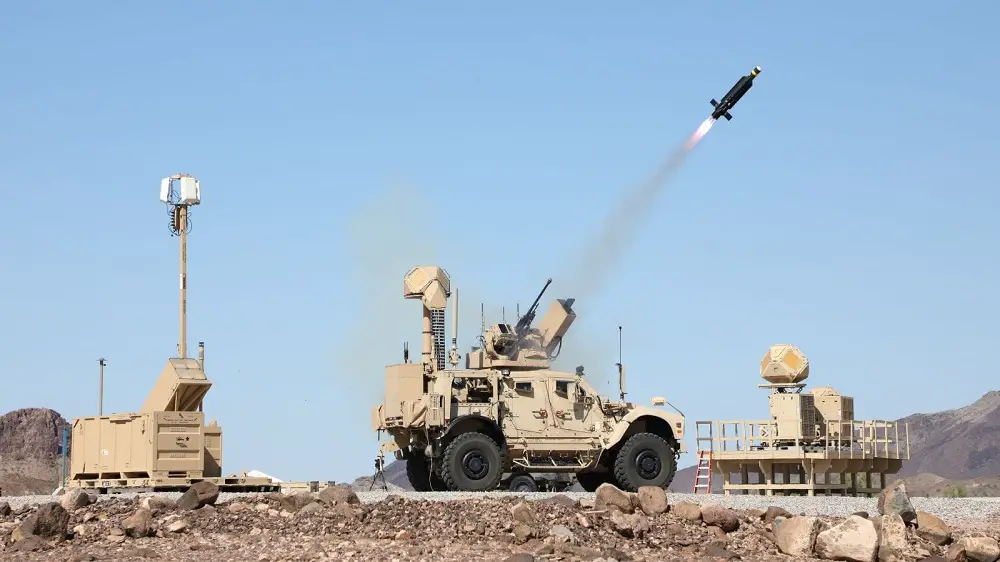Raytheon Technologies was awarded a $237 million U.S. Army contract for Ku-band Radio Frequency Sensors (KuRFS) and Coyote® effectors to detect and defeat unmanned aircraft. The contract includes a combination of fixed-site and mobile systems as well as a quantity of effectors, designated to support the Army’s U.S Central Command operations. The U.S. Army has selected the Coyote drone for a near-term counter-UAS solution. As part of the U.S. Army’s Low, slow, small-unmanned aircraft Integrated Defeat System, called LIDS, KuRFS provides advanced 360-degree threat detection, while Coyote low-cost effectors defeat drones.

The KuRFS radar and Coyote effectors effectively detect and defeat unmanned aircraft systems, an increasingly evident and global threat. LIDS is operationally deployed, providing a proven, reliable, and essential layer of defense against enemy drones,” said Tom Laliberty president of Land Warfare & Air Defense at Raytheon Missiles & Defense.

KuRFS precision targeting radar and the scaled Ku720 mobile sensing radar deliver persistent detection, identification and tracking of airborne threats. The U.S. Army’s LIDS integrates KuRFS and the Coyote family of effectors with Northrop Grumman’s Forward Area Air Defense Command and Control system, or FAADC2, and Syracuse Research Corporation’s electronic warfare system. Together, these systems create a multi-mission fixed, relocatable, or mobile deployed system that provides a complete extended-range defense solution. It works with multiple weapons systems including the land-based Phalanx Weapon System, 50-caliber guns and 30 mm cannons.

The Coyote Block 2 defeats single drones and swarms varying in size and maneuverability, and at higher altitudes and longer ranges than similar class systems. The system will operate up to one hour and is designed for interchangeable payloads. The Coyote can handle reasonably large accelerations during launch, a critical feature for all tube-launch applications. In a series of 2016 demonstrations conducted on land and at sea, more than two dozen Coyote systems successfully launched in a swarm and moved in formation, demonstrating the effectiveness of autonomous networking.
















